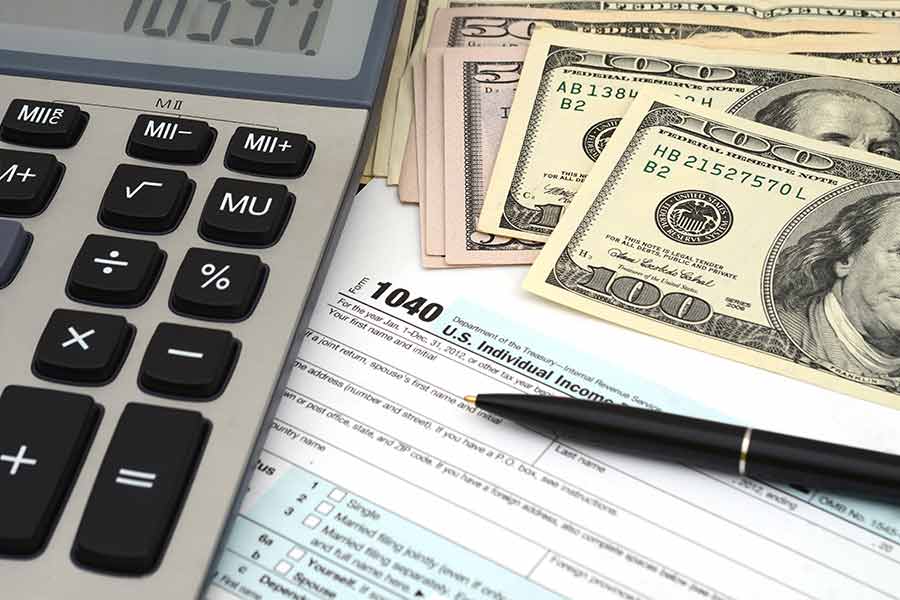Does the subject of the income tax code make your eyes glaze over? Do the terms tax bracket, marginal tax rate and filing status make your head spin? It doesn’t have to be that way. While the nuances of the federal tax code may be complex, the basics are not. Here’s how the progressive tax system in the United States works.
Filing Status
The tax bracket you fall into depends in part on your personal filing status. There are five different filing statuses recognized by the Internal Revenue Service for the purposes of determining your tax bracket:
- Single (not married or legally separated)
- Married and Filing a Joint Return
- Married, But Filing Separate Returns
- Head of Household
- Qualifying Widow or Widower (Must have a dependent child)
If you, as a tax filer, happen to fall into more than one of the above categories, you have the option of selecting the status with the lowest tax obligation attached. That will depend on a wide assortment of possible deductions, credits and exemptions.
Tax Bracket
After determining your filing status, you are ready to attack the tax bracket itself. For 2012, there will be six different tax rates:
- 10%
- 15%
- 25%
- 28%
- 33%
- 35%
The tax you owe is based on your adjusted earned income, which is your income in a year after including all of your eligible deductions, exemptions and credits. That value is almost always lower—often far lower–than your gross income for a year. It is worth noting that this income excludes any capital gains you may have earned, which are taxed at a separate rate (currently 20%) and reported via a schedule separate from the standard federal tax form.
The actual tax brackets themselves are variable depending on your filing status. For instance, the 10% bracket ranges from $0 to $8375 for a Single filer and $0 to $11,950 for a Head of Household filer.
A Sample Calculation
The increasingly higher rates only apply to the income earned that falls within the bracket for that range. For instance, consider the entire tax bracket for a Single filer:
- 10% on income between $0 and $8375
- 15% on income between $8375 and $34,000
- 25% on income between $34,000 and $82,400
- 28% on income between $82,400 and $171,850
- 33% on income between $171,850 and $373,650
- 35% on income over $373,650
For a person with a Single filing status with an adjusted income of $75,000, the tax owed would be calculated as follows:
- 10% on the first $8375 of income ($837.50)
- 15% on income between $8375 and $34,000 ($3843.75)
- 25% on income between $34,000 and $75,000, the last dollar earned ($10,250)
The total amount owed in tax:
$837.50 + $3843.75 + $10,250 = $14,931.25
So, a Single filer who earned $75,000 in 2012 would fall into the 25% tax bracket, but that does not mean that the entire $75,000 is taxed at 25%. Only the income above the previous tax threshold—in this case $34,000—is taxed at the highest applicable level (25% in our example). That’s the effective definition of “marginal tax rates.”



Leave a Reply
You must be logged in to post a comment.